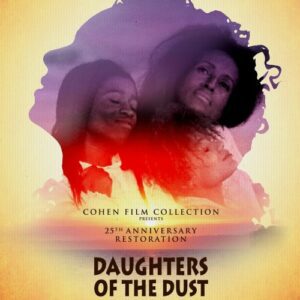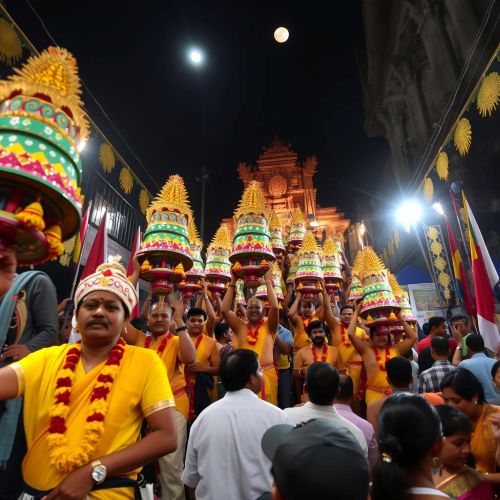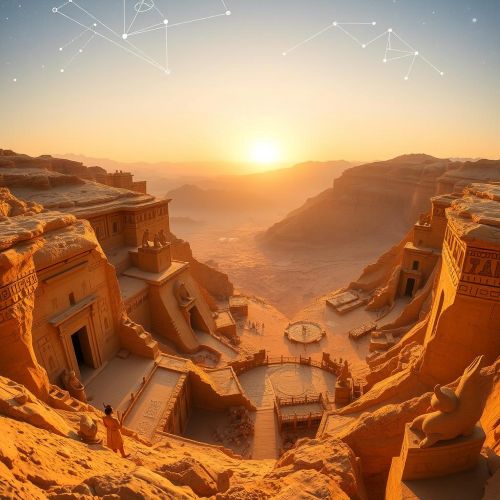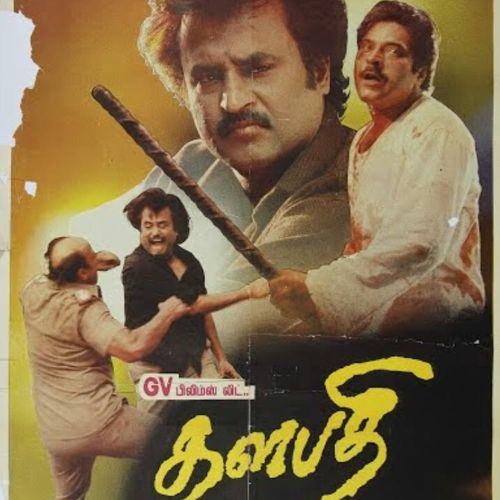Daughters of the Dust (1991)
| Description | |
|---|---|
| Country of Origin | United States of America |
| Language | Gullah, English |
| Genre | Drama |
| Cast | Cora Lee Day, Barbara O. Jones, Alva Rogers, Trula Hoosier, Umar Abdurrahamn |
| Directed by | Julie Dash |

Julie Dash’s Daughters of the Dust (1991) is a landmark film that unfolds like a lyrical dream, weaving myth, memory, and ancestral spirit into a cinematic experience unlike any other. Set in 1902 on the Sea Islands, it follows the Peazant family, part of the Gullah community, as they grapple with the decision to migrate to the mainland, leaving behind a culture steeped in West African spiritual traditions. The film’s power lies not in traditional storytelling, but in its poetic structure, where myth and reality blur, time bends, and the past is as present as the sea breeze moving through the moss-covered trees. Julie Dash draws heavily from Gullah and West African mythology, portraying a world where ancestors live among the living, spirits guide choices, and rituals preserve identity. Nana Peazant, the family matriarch, becomes a symbolic guardian of the old ways, speaking directly to the ancestors and cautioning against cultural erasure. Her character reflects a cosmological system in which the boundaries between physical and spiritual realities are fluid, a concept rooted in traditions like Yoruba cosmology where ancestor worship is central. The presence of the Unborn Child, who narrates the story from the womb, is one of the film’s most striking mythological choices. She exists outside of linear time, offering an omniscient perspective that links generations together. This spiritual voice reminds viewers that in many African traditions, the unborn and the ancestors occupy the same metaphysical space, forming a continuous cycle of life, death, and rebirth.
The setting itself—the Sea Islands—resonates with ancestral memory, evoking the powerful legend of Ibo Landing, where a group of enslaved Igbo people chose death by water over bondage. This story, a blend of myth and history, haunts the film through recurring images of the ocean, the act of return, and the characters’ spiritual reflection on freedom and sacrifice. Julie Dash transforms this cultural memory into sacred myth, reaffirming the Gullah people’s spiritual resilience and autonomy. The film also elevates womanhood to mythic proportions. The central women characters—Nana, Eula, Yellow Mary, Haagar—represent various facets of survival, trauma, healing, and resistance. Their experiences mirror mythological archetypes, particularly from African diasporic traditions such as those seen in the goddesses of Yoruba and Vodou pantheons. Yellow Mary, who returns home from a life of disrepute and exile, symbolizes a journey of reintegration and wisdom—an echo of divine feminine figures who descend into darkness and rise renewed. Eula’s trauma and her ultimate empowerment carry sacred undertones, especially as her healing is facilitated not just through human support, but through ritual and ancestral presence.
Symbolism runs deep throughout Daughters of the Dust. Water serves as a boundary and a threshold, representing spiritual transformation, ancestral return, and rebirth. Indigo-stained hands refer not only to historical plantation labor but also to the mystical properties of the color in African spiritual systems. The preparation of food, rooted in cultural memory, becomes a ritualistic act of preservation. The buried “bundles” that Nana tends to are more than objects—they are vessels of ancestral power, embodying the belief that material culture carries spiritual essence. The film’s rejection of Western cinematic conventions in favor of an African aesthetic of cyclical time, spiritual duality, and mythic storytelling makes Daughters of the Dust an act of cultural reclamation. It does not merely depict a moment in African-American history—it mythologizes it, lifting personal and communal memory into the realm of sacred narrative. Through rich visual symbolism and spiritual depth, Dash invites viewers into a world where myth is not just remembered but lived. Daughters of the Dust is, in every sense, a myth brought to life on screen—a cinematic griot telling the story of a people who carry the divine in their blood, in their land, and in their dust.





